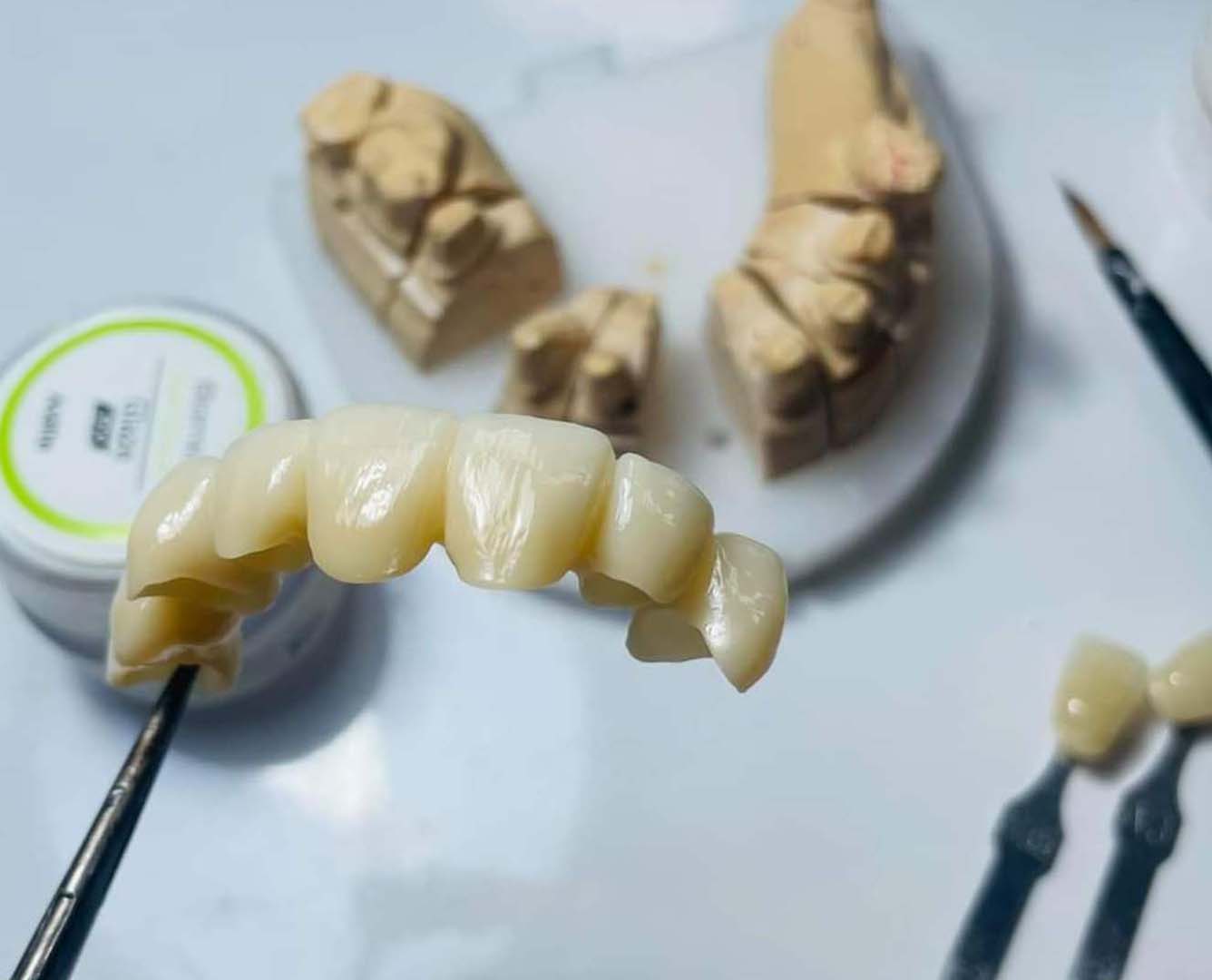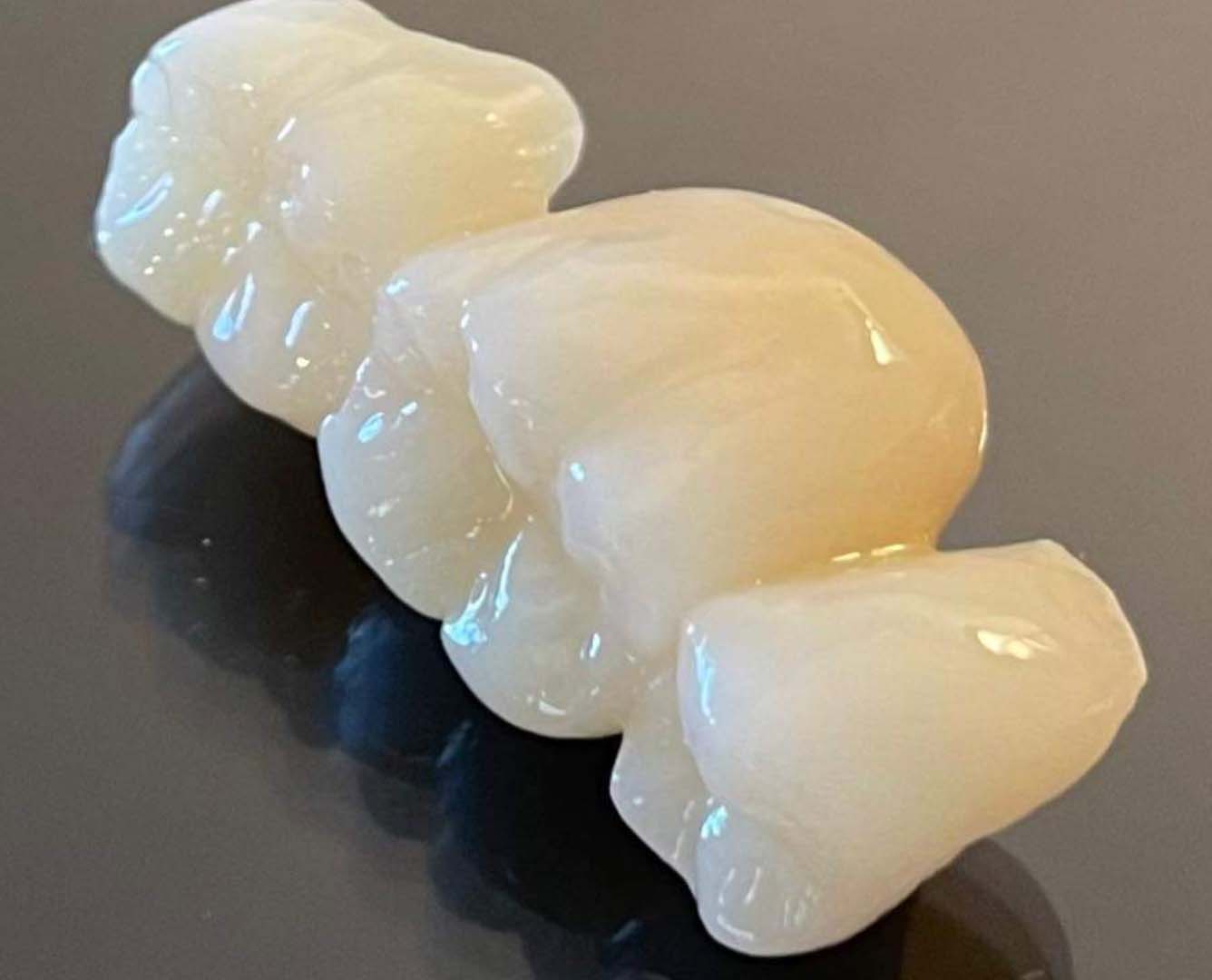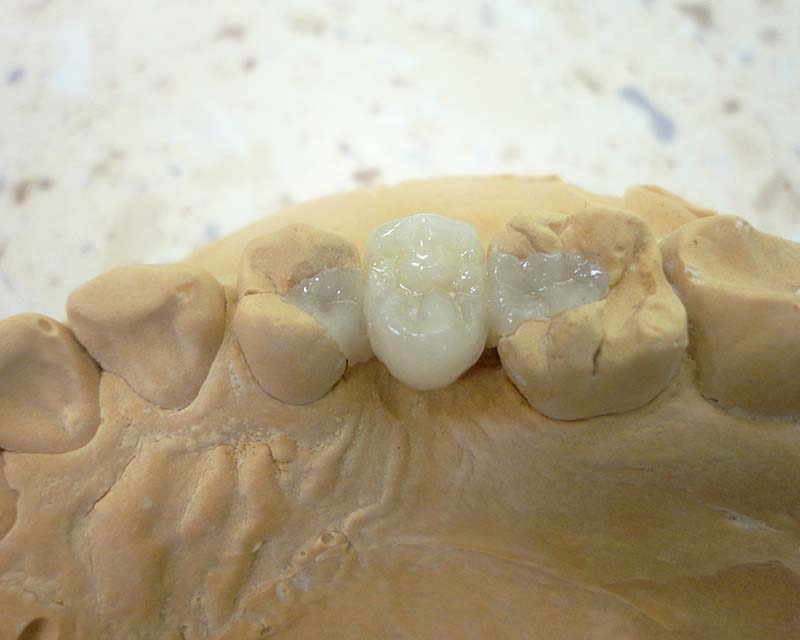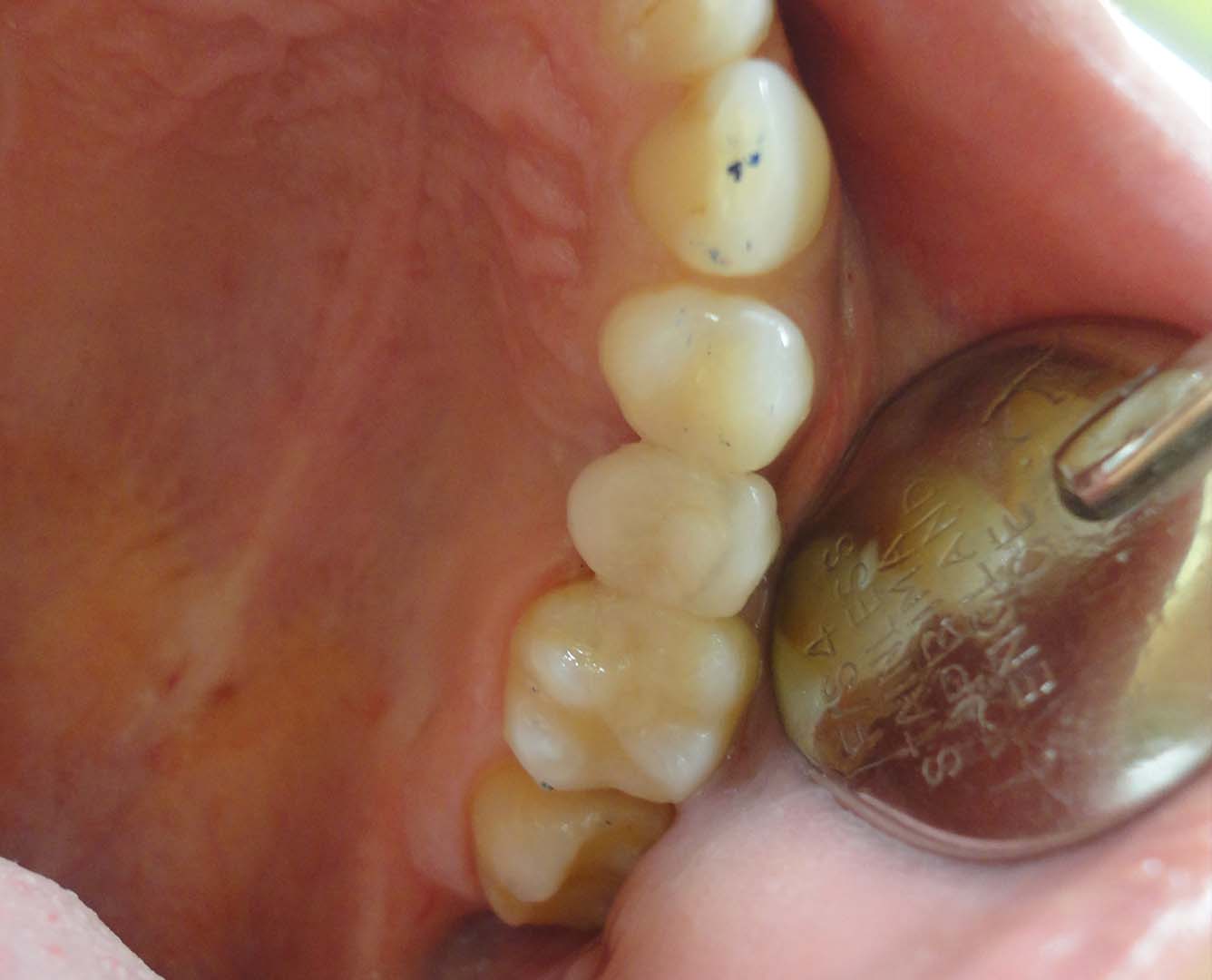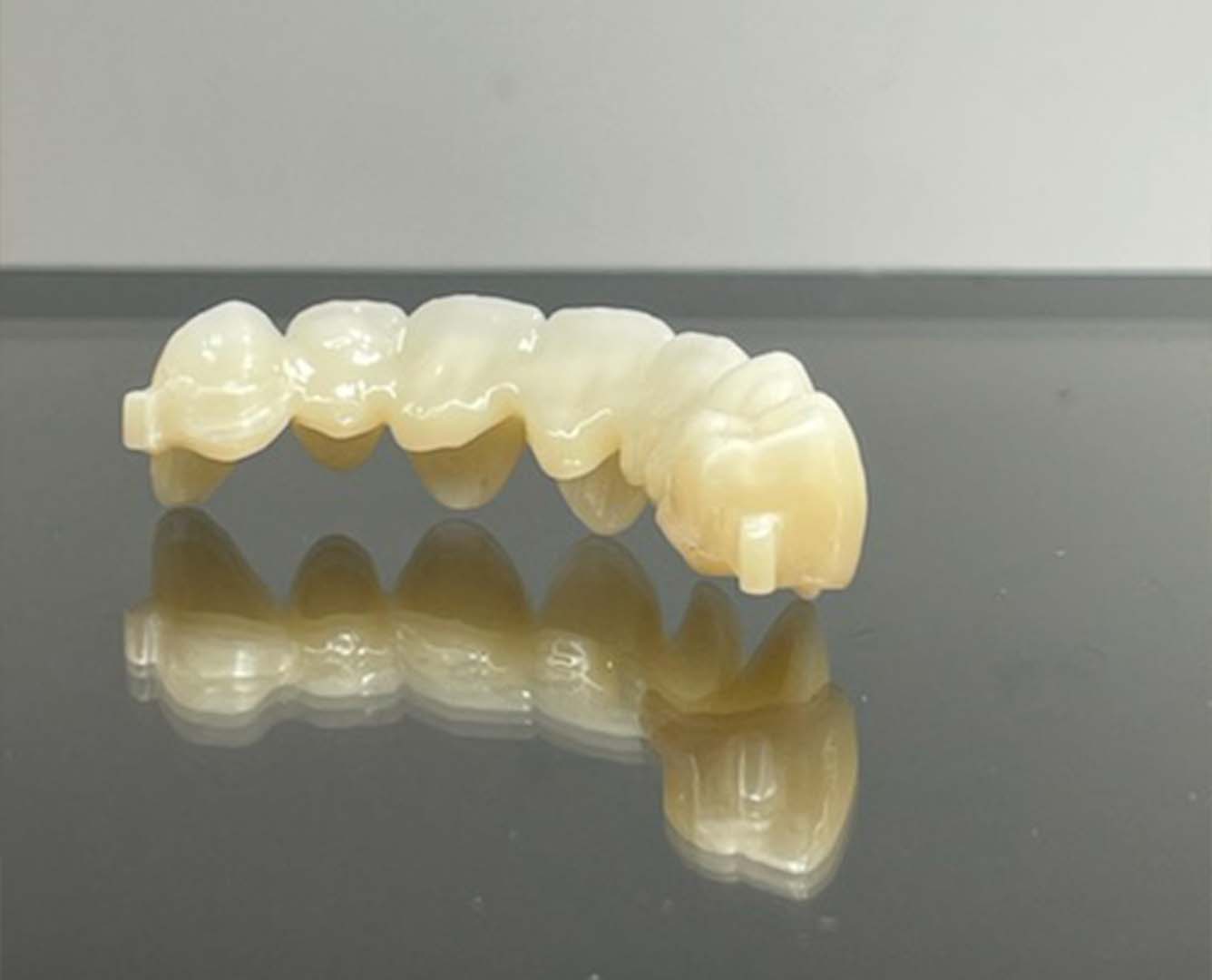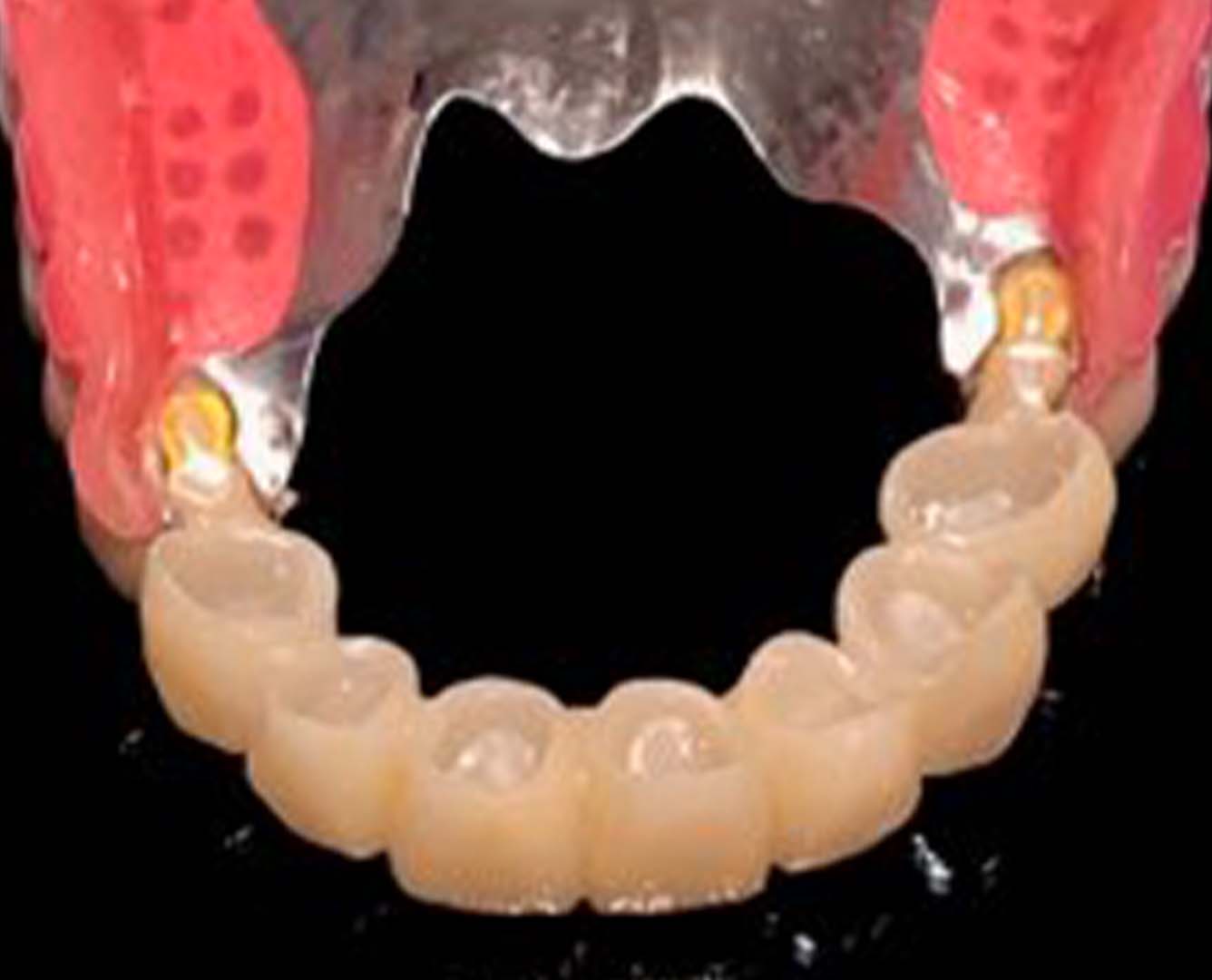Protetyka stomatologiczna w Szczecinie
Równie ważne jak perfekcyjne leczenie endodontyczne (kanałowe) zęba, jest jego właściwe odbudowanie. Nie zawsze wystarczy wypełnienie zęba. Czasami trzeba wykonać koronę protetyczną, nakład (overlay) czy endokoronę. Taka odbudowa w przypadku znacznego uszkodzenia zęba odbudowuje jego funkcję, chroni przed odłamaniem ściany i zabezpiecza kanały korzeniowe przed reinfekcją.
Endokorony i nakłady kompozytowe
W naszym gabinecie bardzo często proponujemy naszym pacjentom tzw endokorony czy nakłady kompozytowe wykonane przez pracownię techniczną. Rozwiązania te oprócz bardzo dobrej estetyki pozwalają uniknąć tzw skurczu polimeryzacyjnego, który ma miejsce przy utwardzaniu kompozytu bezpośrednio w zębie. Dodatkowo technologia ich wykonywania poza jamą ustna pozwala na ich perfekcyjne wymodelowanie, uzyskanie prawidłowych punktów stycznych czy doskonałej szczelności. Odbudowy te ścierają się podobnie jak zęby własne, pozwalają na właściwy rozkład sił podczas żucia, który minimalizuje ryzyko pęknięcia zęba czy odłamania jego ściany. Dodatkowo są naprawialne przy pomocy używanego w gabinecie kompozytu.
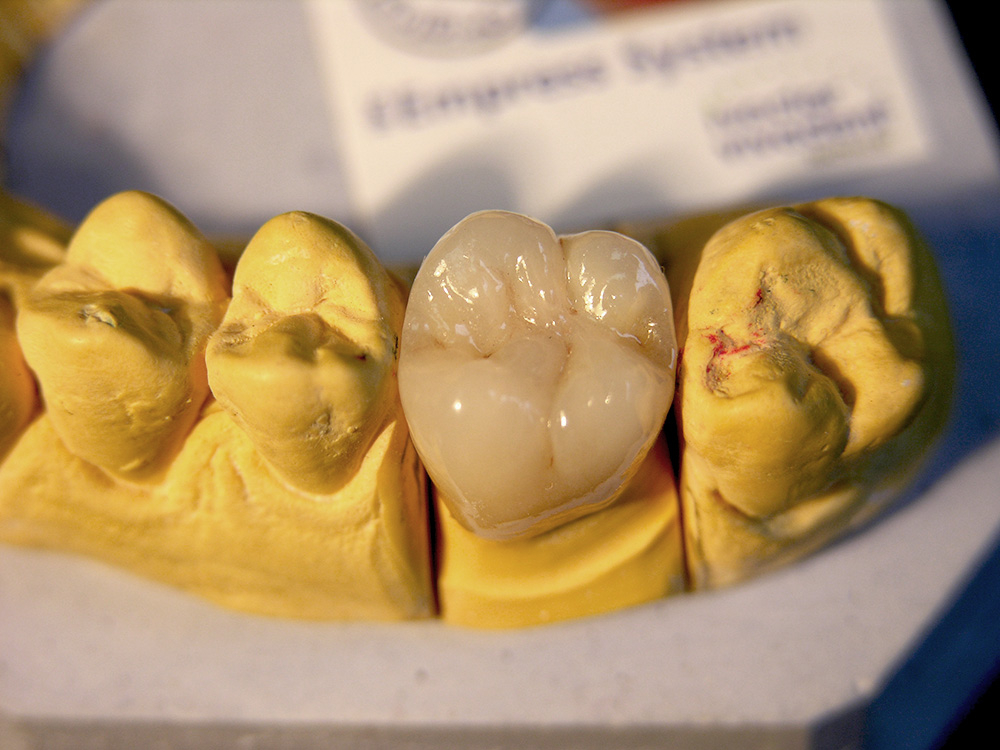
Korony protetyczne
Innym sposobem odbudowy zęba po leczeniu kanałowym albo z dużym zniszczeniem tkanek niemożliwym do odbudowy kompozytowej są korony protetyczne. Istnieje kilka rodzajów koron, które wykonujemy.
Korony na podbudowie metalowej
Podstawowym rodzajem są korony na podbudowie metalowej, bezniklowej licowane porcelaną. Jest to typ koron stosowany na całym świecie już od bardzo dawna. Na metalową czapeczkę technik napala porcelanę w odpowiednim kolorze. Minusem tych koron jest możliwość odkruszenia się fragmentu porcelany i odsłonięcia metalowej podbudowy oraz mniej naturalny wygląd tak odbudowanych zębów w porównaniu do zębów własnych ze względu na obecność metalowej „bariery” wewnątrz dla odbijającego się światła.
Korony bezmetalowe – pełnoceramiczne
Alternatywą są dużo bardziej estetyczne korony bezmetalowe tzw pełnoceramiczne.
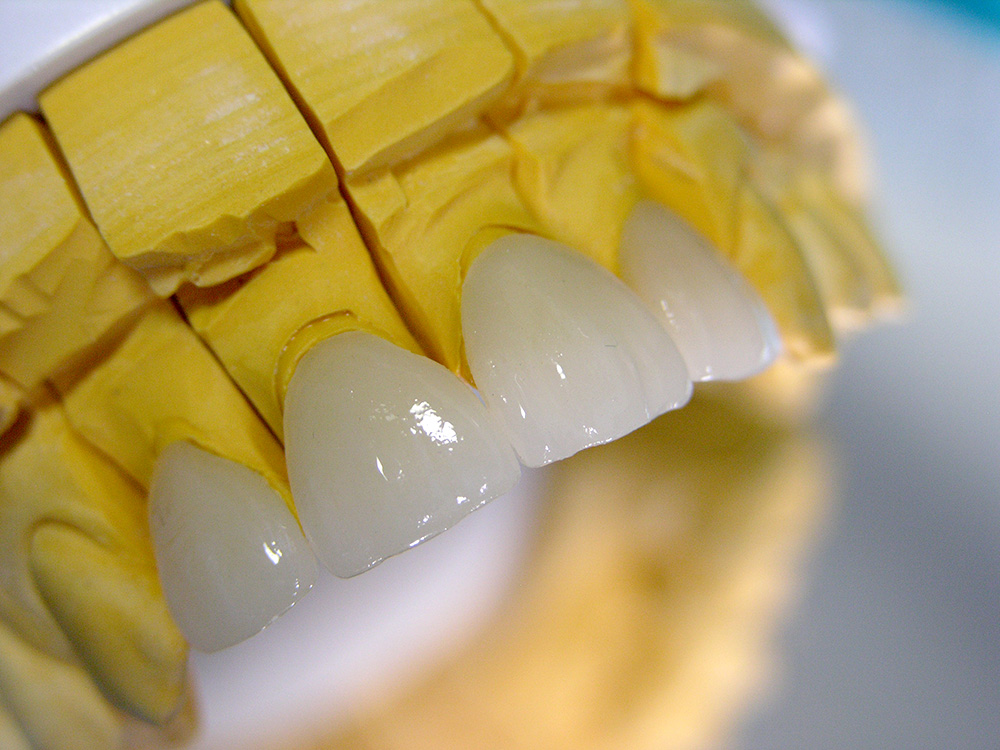
System CAD/CAM
W naszym gabinecie w Szczecinie wykonujemy korony na podbudowie cerkonowej licowane porcelaną, korony E-max na bazie dwukrzemianu litu czy korony z tzw pełnokonturowego cerkonu. Technologia ich wytwarzania jest oparta o systemy CAD/CAM.
Korony te są niezwykle estetyczne i perfekcyjnie wykonane. Przypominają wyglądem własne zęby i mają zbliżoną do nich przezierność. W zależności od wskazań można w tych systemach wykonywać korony, licówki, mosty czy korony na implantach. Wybór metody zawsze jest ustalany indywidualnie z odniesieniu do całościowego planu leczenia. Są hipoalergiczne i bardzo dobrze tolerowane przez tkanki przyzębia.
W przypadku braków zębowych istnieje wiele możliwości ich uzupełnienia.
Korony wykonane na implantach
Do najbardziej nowoczesnych należą implanty i wykonywane na nich korony, mosty czy protezy.
Zobacz także: Implanty wykonywane w gabinecie dentystycznym Unident
Mosty
Często wykonujemy również mosty jako uzupełnienia zamontowane na stałe, które są bardziej preferowane przez pacjentów od uzupełnień zdejmowanych. Można je wykonać w oparciu o korony pełnoceramiczne lub korony na podbudowie metalowej. Niestety w odróżnieniu od implantów wymagają oszlifowania zębów własnych, na których most będzie zamocowany przy pomocy cementu.
Most typu Meryland
Rodzajem mostów, które nie wymagają szlifowania są tzw mosty typu Meryland. Do ich osadzenia na zębach sąsiednich stosuje się specjalne skrzydełka za pomocą których przykleja się most. Skrzydełka te zajmują miejsca, po uprzednio usuniętych wypełnieniach w zębach filarowych.
Niestety nie są tak wytrzymałe jak klasyczne mosty. Można nimi uzupełniać niewielkie braki i należy je bardziej traktować jako uzupełnienie tymczasowe przed założeniem implantu.
Protezy
W sytuacji, gdy nie można zastosować rozwiązań stałych wykonujemy protezy.
Protezy szkieletowe
Jest ich wiele typów. Jeśli tylko warunki pozwalają wykonujemy protezy szkieletowe, które dzięki elementom retencyjnym przenoszą siły żucia poprzez zęby na ozębną, czyli w bardziej naturalny sposób.
Protezy szkieletowe utrzymują się na zębach dzięki klamrom lub specjalnym zatrzaskom.
W przypadku zatrzasków jedna ich część jest zamontowana w protezie a druga w koronie na zębie własnym pacjenta. Dzięki temu protezy te są bardzo estetyczne, nie wymagają zastosowania klamer i dodatkowo bardzo dobrze stabilizują protezę.
Najbardziej popularnym materiałem z których są zrobione protezy szkieletowe jest stop metalu połączony z akrylem.
Protezy całkowite
W przypadku całkowitego braku uzębienia wykonujemy tzw protezy całkowite. Zdarza się, że w przypadku dużych zaników kostnych ich utrzymanie jest bardzo utrudnione. Można wtedy zastosować implanty i system opartych o nich zatrzasków (lokatory, system novaloc, belka).


